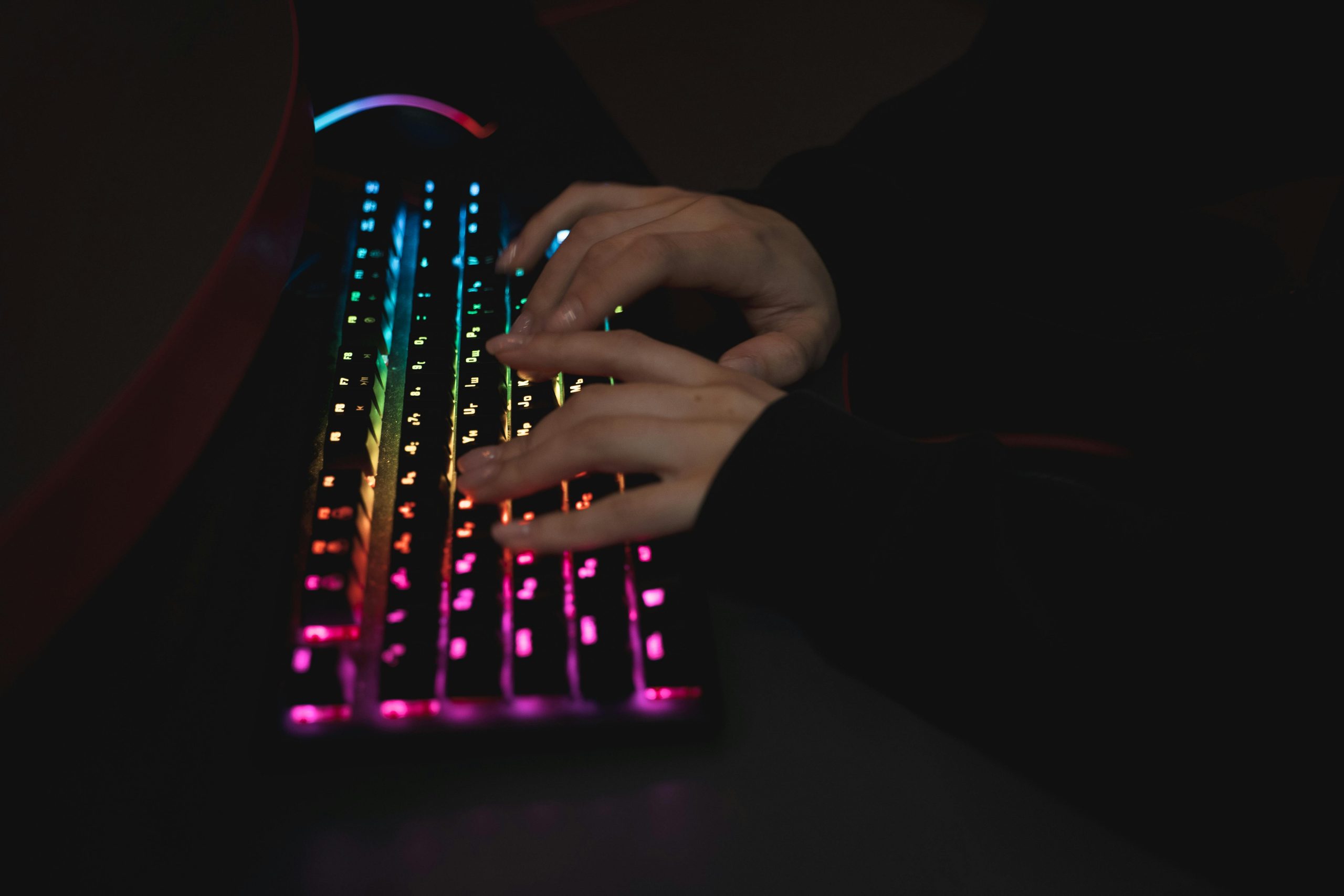Understanding Wireless Mechanical Keyboard Connectivity Challenges: A Comprehensive Overview
Wireless keyboards have become increasingly popular due to their convenience and sleek design. However, users sometimes encounter connectivity and responsiveness issues that can hinder productivity and user experience. This article explores common problems faced with wireless mechanical keyboards, illustrated through real-world user scenarios, and offers insights into troubleshooting these issues effectively.
Understanding Common Wireless Keyboard Issues
- Bluetooth Connectivity Glitches
Some users report that their Bluetooth-connected keyboards cease to accept input upon activating certain functions, such as Caps Lock. Interestingly, deactivating Caps Lock may not restore functionality automatically, necessitating mode switches or reconnecting procedures. These issues often appear specific to a user’s primary device, indicating potential compatibility or hardware-specific conflicts.
- Intermittent Disconnections via 2.4GHz Dongle
Persistent disconnections are a frequent concern. Users observe that their mechanical keyboards, connected through a 2.4GHz wireless dongle, randomly disconnect, with frequency and duration worsening over time. Notably, such issues are typically isolated to a particular computer, suggesting hardware port or interference problems. The escalation in disconnection frequency over days indicates possible hardware fatigue or environmental factors affecting signal stability.
- Anomalous Keyboard Behaviors Triggered by Modifier Keys
Problems such as the keyboard acting as if a modifier key (like Shift) is perpetually pressed—resulting in unintended highlighting or malfunctioning scroll wheels—have been reported. These behaviors can vary depending on the connection mode (Bluetooth versus dongle) and may temporarily resolve upon pressing other modifier keys or switching connection modes. Such issues may stem from firmware glitches or driver conflicts.
- Erratic Input Spamming and Signal Loss
Some users experience spontaneous input spamming—where the last pressed key dominates input—without an actual disconnection. Although the connection remains active, this abnormal input behavior complicates typing and usage. Understanding whether this is a firmware issue or signal interference is crucial for troubleshooting.
Case Study: NuPhy Kick75 and Historical Hardware Comparisons
The NuPhy Kick75 mechanical keyboard exemplifies these challenges. Users have noted issues specific to certain computers, particularly Linux Mint or Windows 10 environments, depending on the device. A comparison with previous hardware, such as the Dustsilver D84 membrane keyboard, suggests that hardware quality and compatibility significantly influence connection stability.
Troubleshooting and Mitigation Strategies
While specific solutions vary, some general approaches include:
- Testing different USB ports for the dongle to rule out port-specific issues.
Share this content:



